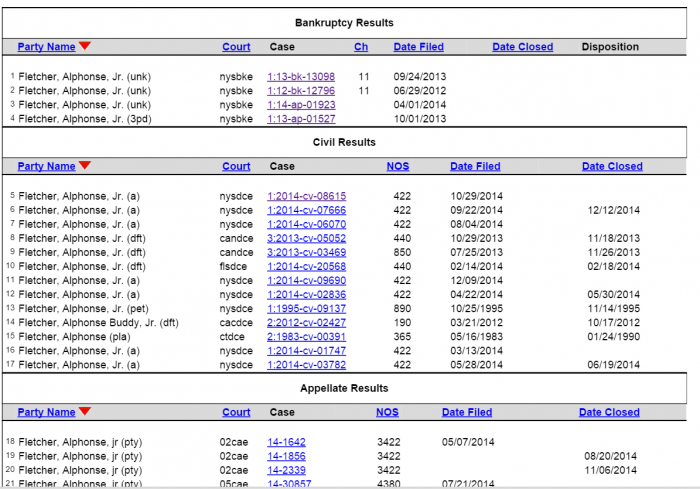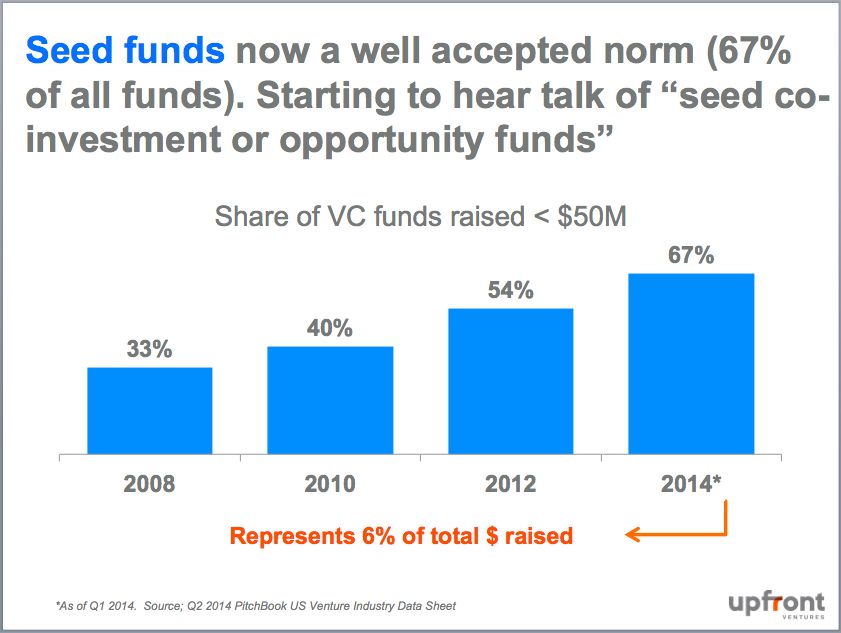COLUMN You only need $50K to be a hedge fund player
Post on: 11 Март, 2017 No Comment

Analysis & Opinion
BOSTON Aug 16 (Reuters) — Investing in hedge funds or their strategies has never been easier. And the price of admission into what used to be an exclusive club has never been so low.
On Monday, Fidelity Investments underscored how the world of hedge fund investing, previously reserved for the uber wealthy, is opening up to mom and pop investors. Fidelity said it struck a deal with Blackstone Group Inc to have clients in Fidelity’s Portfolio Advisory Service (PAS) program — with as little as $50,000 in their accounts — invest in the Blackstone Alternative Multi-Manager Fund.
The fund relies on a stable of outside hedge funds to put the Fidelity client money to work. It gives mom and pop investors exposure to more aggressive hedging strategies that involve shorting stocks and commodities speculation, for example. Fidelity-affiliated money managers make the decisions on how PAS client assets should be allocated.
Investors may want to invest in hedged mutual funds because they offer the prospect of protection during down markets — a main selling point is that they are not as closely correlated to the rise and fall of the stock market as a typical mutual fund. And they are a good way to diversify a portfolio, acting as a shock absorber to stock market turmoil.
U.S. retail demand for hedged mutual funds and alternative exchange-traded funds will push up assets in these categories to $779 billion by 2017, up from about $260 billion at the end of 2012, according to estimates from Citigroup Inc.
HEDGE FUND HEAVYWEIGHTS
Loosely regulated, pure hedge funds have wide latitude to short stocks and make speculative bets on commodities and distressed debt.
Investors who want the privilege to invest directly with hedge fund heavyweights such as John Paulson, David Einhorn or William Ackman, need at least $1 million, or sometimes even $5 million, in investable assets.
But just because you can get a taste of hedge fund investing, doesn’t necessarily mean you should.
Morningstar analyst Nadia Papagiannis recently offered a biting assessment of the growing number of hedge fund strategies that are packaged into mutual funds like the ones being offered to Fidelity PAS clients.
There are problems with most of them, Papagiannis said in an Aug. 7 research note.
They are generally overpriced, invest in little-known managers and have significant subadviser overlap, she said. And those big names aren’t going to be selling their skills through the mom and pop products.

Traditional hedge funds have had their problems, too. During the first six months of 2013, the average hedge fund gained 3.4 percent, preliminary data from Hedge Fund Research show, while the broader S&P 500 Index climbed 12.6 percent.
Meanwhile, the weighted average total expense ratio for a hedged mutual fund similar to the ones used by Fidelity is 1 percent. That’s less than you’d pay for a bona fide hedge fund, but still 28 percent higher than the 0.72 percent charged, on average, by an actively managed stock fund, according to data from Lipper Inc, a Thomson Reuters company. The net expense ratio for the Blackstone hedged mutual fund offered to Fidelity clients is 2.4 percent.
The one-year and three-year total annual return for hedged mutual funds is 5.35 percent and 3.99 percent, respectively, Lipper said. But if you went with Fidelity’s Contrafund. managed by star stockpicker Will Danoff, your one-year and three-year returns would have been 20.9 percent and 17.8 percent, respectively. The fund’s expense ratio is 0.74 percent.
Of course, a sizeable number of financial advisers think your best bet is an index fund that isn’t actively managed. With 0.04 percent in annual fees, the Vanguard Total Stock Index Fund, is one of the cheapest ways to invest, and it returned 24.6 percent and 19.2 percent over one and three years, respectively.
So far, Fidelity’s PAS program has allocated nearly $1 billion into the newly launched Blackstone fund, Fidelity spokeswoman Nicole Goodnow said. The Arden Alternative Strategies Fund, launched in the fourth quarter, also has nearly $1 billion in assets. Overall, these investments are a small percentage of the PAS program’s $104 billion in assets under management.
Between May 19 and June 24, the Arden fund lost 2.6 percent, much better than the 5.5 percent fall on the S&P 500 Index, according to Morningstar’s Papagiannis. So the low correlation with stocks can come in handy.
And small investors who can’t get in the door of an actual hedge fund can comfort themselves with the advantages the fund-of-hedge funds approach offers: It’s actually cheaper than the real thing. A bona fide hedge fund typically charges a 2 percent annual management fee plus 20 percent of the gains over some base return while putting restrictions on redemptions.














